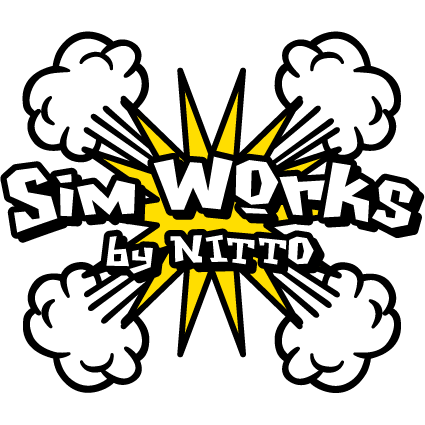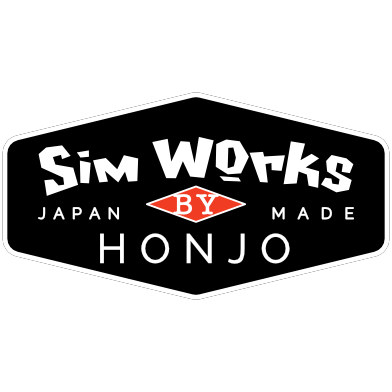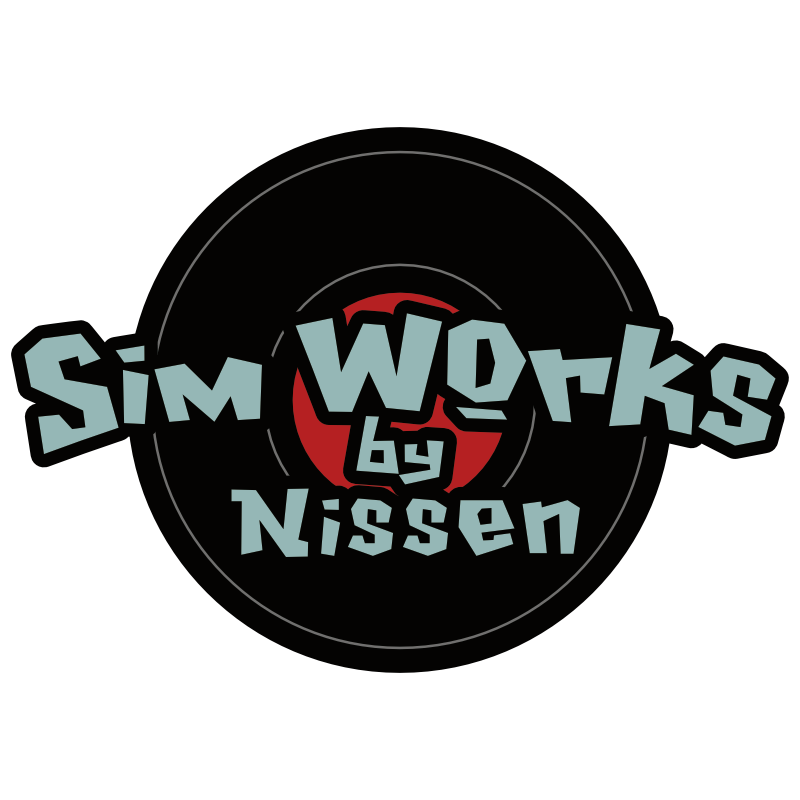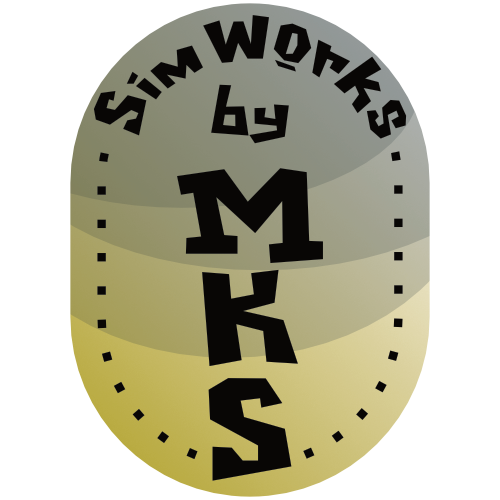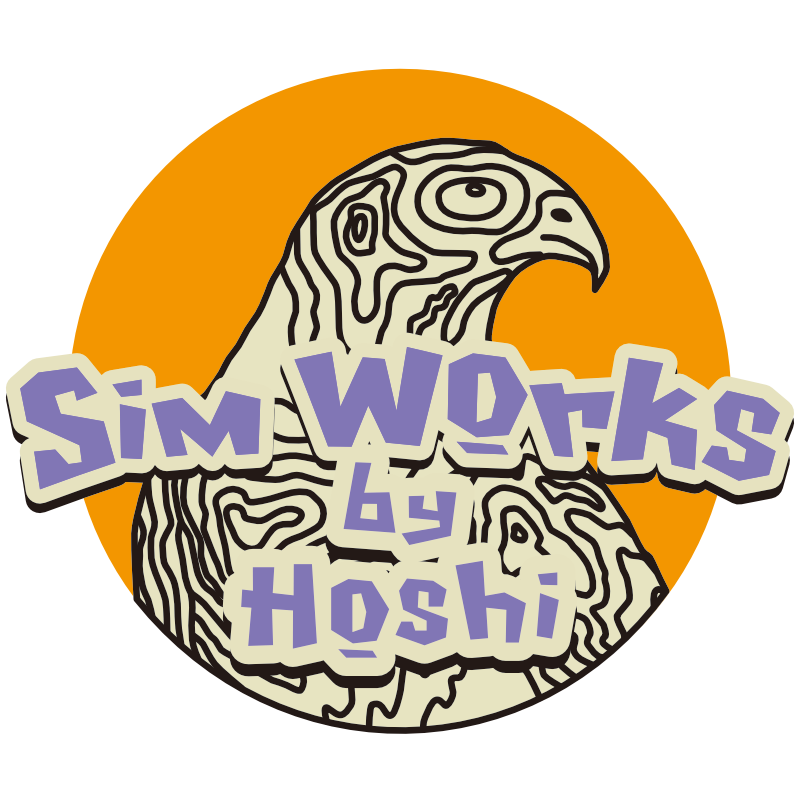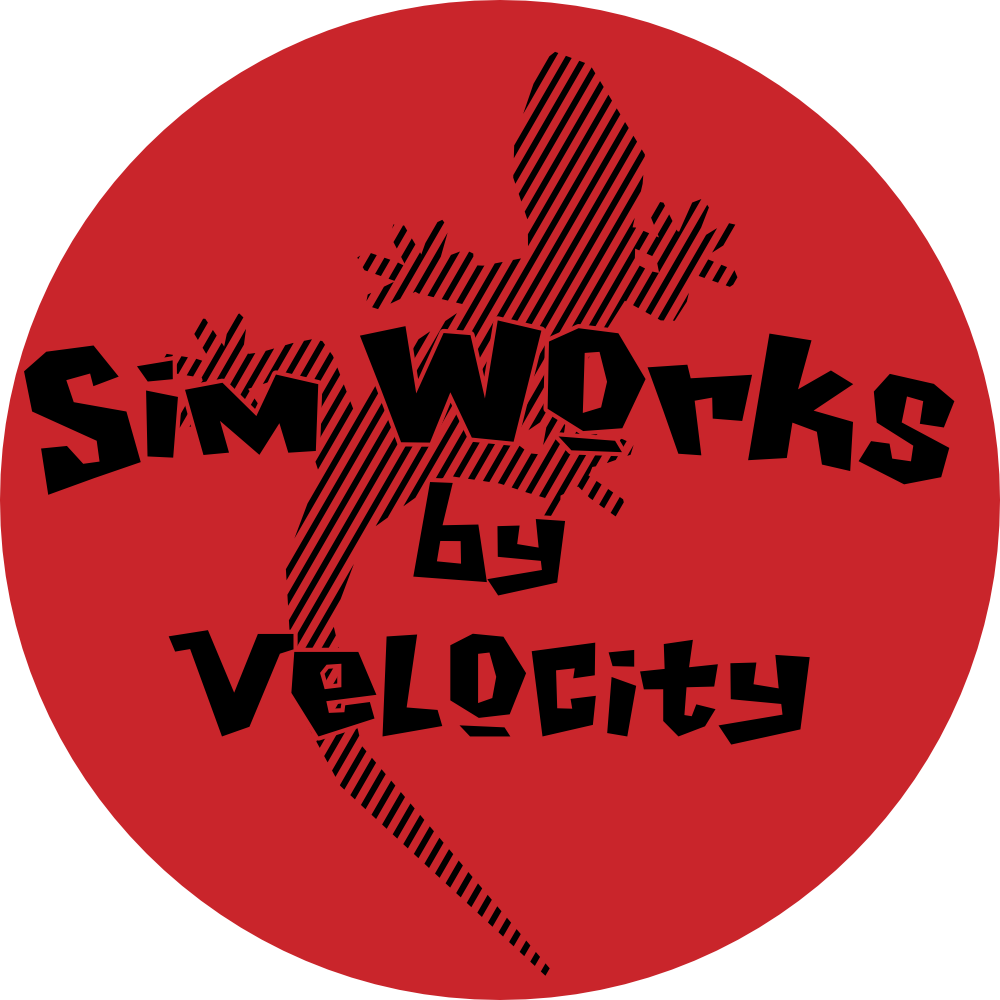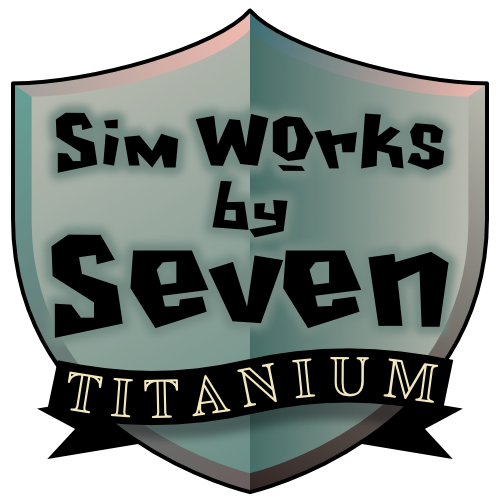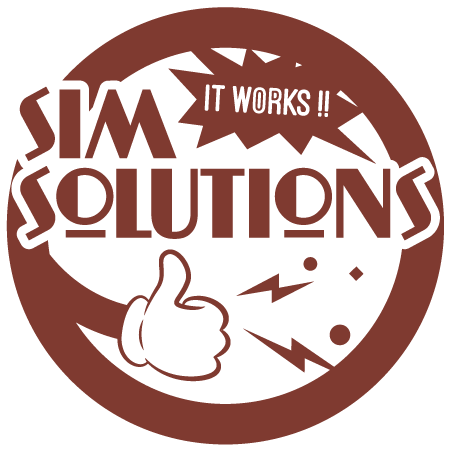TENUGUI: SimWorks Edition Traveler’s Towel from Papersky
Text & Photo: Rie Sawada

Hello everyone !! Today I would like to introduce the new SimWorks x Papersky Tenugui.
Are you familiar with the Japanese TENUGUI ?
A tenugui is a traditional Japanese towel that has likely been used since ancient times. Literally translated, it is a cotton cloth to wipe one’s hands with. In addition to wiping wet hands and face of water and sweat, it is said that it also functioned as a bath towel to dry the body after bathing: A true traveler’s towel with a long rich history. Going back to the towel’s origins- cotton was imported from mainland Asia, so it was likely more expensive than silk.
Tenugui- not a handkerchief or bandana
Tenugui is the quintessential travel tool of Japanese culture. They’re more compact, absorbent, and quicker-drying than typical towels, and I always take one with me when I’m bikepacking, camping, or just traveling by car. However, here in America- where SimWorks USA operates, the tenugui towel is a scarcely known Japanese artifact.
You can use it as a towel after bathing in the river or camping, or you can tie it to your luggage and it will dry quickly when you ride a bicycle. You can use them as a gift wrap, which is a thoughtful way to lessen your impact on the environment, and the towel itself is a nice addition to the gift in it’s own right. It certainly leaves a lasting impression.
To reflect back on how I actually use tenugui, I dove in to a bunch of my old bikepacking photos that I’ve taken over the years. A harsh 7-day trip on the Oregon Outback, the Stagecoach 400 in Anza Borrego in California, our company’s Super Chill camp ride for 2 days and 1 night, and even an uninhabited island camp trip I took years ago. I have always bikepacked and traveled with my favorite red bicycle tenugui that I brought from Japan 6 years ago. Jump forward to today, and the cotton has become much softer- a testament to it’s longevity, and an aged relic of a lot of wonderful memories for me.





I often find myself using tenugui in lieu of placemats. It’s easy to make sandwiches, tacos, and burritos without touching food directly to the ground or table, and adds a gorgeous and photogenic atmosphere to your camp dining table.

Chef Keita from Earlybirds brought a towel for 20 days of grueling long journey Oregon Timber Trail bikepacking. In this way, he treated everyone to breakfast tacos.
After a dusty ride on the Oregon Outback or a swim in the river, you can use it as a bath towel. The fabric is thinner than a bandana, absorbs and dries quickly. Theres synthetic towels that dry fast, but obviously the tenugui seems to dry the fastest, right?


When SimWorks Japan’s own Minami came to Oregon for her first bikepacking trip, she realized her tenugui was very useful. She could wrap it around her neck to wipe off the sweat, soak it to keep cool and wash it easily in the river. Easily secured to her rig with a Pack-It-Right strap, she was able to have it air out and dry during her ride and it was ready for another day.

If your camp lamp is too bright, hang your tenugui as a lampshade (unless it’s a candle!). Creating a pleasant camp atmosphere is also important. There are endless ways to use tenugui!
Carefully made and used with care
For myself, as well as the SimWorks family- we place an emphasis on how and where things are made, as well as with what kinds of materials. This is true for bicycles and their parts and accessories, as well as the other artifacts that we bring in to our lives. I would like to use and love the objects that I bring in to my life for a long time. I want a durable yet cute tenugui that can be used for cycling, surfing, camping, and outdoor activities.

Chusen: Method of pouring in a kettle (See more process on the video HERE)
The Kamawanu manufacturing method for making these tenugui is the traditional dyeing method called “Chusen”, it is a method of pouring dye to imprint the full constitution of the threads- a technique that was established in the Meiji era and spread only in Japan. Because the yarn is dyed with dye, the fabric does not become stiff, absorbs water well, and dries easily.
Since it is dyed rather than printed, the pattern has no front or back and can be used reversibly. A printed tenugui has a white backing.
At Kamawanu, they are extremely selective about the materials they use, and begin their process with bleached cotton. With bleached cotton, the more you use it, the more it softens and returns to its original natural cotton. At Kamawanu, they are currently conducting an experiment to see if the tenugui is fully compostable. Initial impressions are that the towels will in fact decompose in as few as three weeks.
One of the great features of tenugui is that there are no seams on the edges- leaving less opportunity for bacteria to grow. This lack of seams also allows the towel to be torn easily, in case you were presented with a situation where you might need a bandage. Over time, the softer the towel becomes to the touch. As the color of the dye gradually blends in and the design fades to your liking. Like denim in that way, there is a sense of pride in the wear of the fabric.

Thoughtful design
We gained inspiration from the green of the SimWorks ‘The Homage’ tire selections- which are mirrored with the familiar green of the iconic Saint John Bridge here in Portland, Oregon.
SimWorks wanted to incorporate the idea that we could become a bridge for everyone through bicycles and travel. As you know, our hometown of Portland can be a rainy city, but all of that rain makes Portland so beautifully green.
When unfolded, if you look closely, you can see the line of Oregon’s lush mountains and the line of rain that enriches it.

When Lucas from Papersky decided to devote an issue of their magazine to the diverse cultures surrounding cycling in Oregon ‘Papersky Magazine #61 / OREGON CYCLING‘, I wound up leading a “Donut Ride” through my adopted home of Portland on my bike- in search of the perfect quintessential donut. At that time, the story of both Lucas and Papersky, as well as their tenugui towels gained some exposure and interest. Lucas and I love to travel, and we’re both devotees to Japanese tenugui towels for camping, bike riding, and hiking.
Lucas and I hit it off, saying, “Here in the United States and outside of Japan, not many people know about the existence of tenugui. I want people to use them and understand them.” I would like to see how Americans and people outside of Japan use unique ideas.” This led to the PORTLAND version of the series “Traveler’s Tenugui” by Lucas (Papersky). This tenugui will be made exclusively for SimWorks!

And finally, it’s time to add a new favorite to my new tenugui collection. I can’t wait to see how this green tenugui will age with time. We will continue to upload photos and stories of this new tenugui out in the world being used in interesting ways, so please follow along!
SimWorks would like to encourage everyone to use and appreciate tenugui, which has struggled to spread outside of Japan. I’d love to see the creative ways everyone uses their towels, and we look forward to you sharing your ideas with us! We hope it will be your favorite travel companion.


